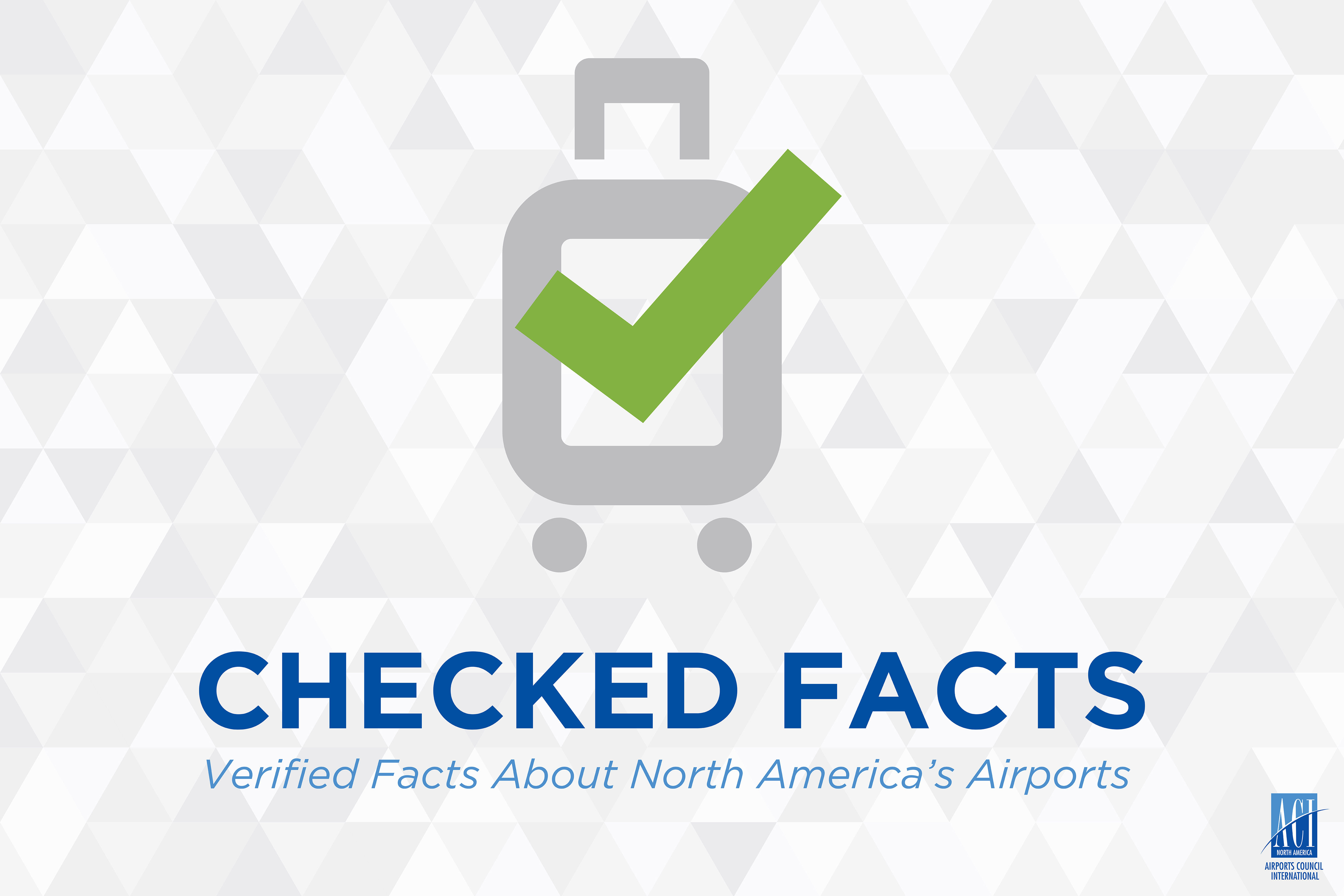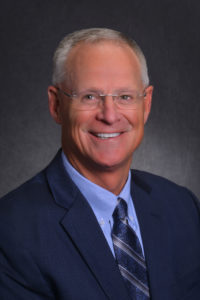At the International Aviation Club’s latest luncheon in Washington, D.C., Kevin Burke, President and CEO of Airports Council International – North America (ACI-NA), sat down for a fireside chat with Justin Erbacci, Director General of ACI World. The discussion touched on the evolving role of ACI World, the biggest challenges facing airports today, and what the industry must do to remain competitive in an increasingly globalized and technology-driven aviation landscape.
ACI World’s Expanding Role on the Global Stage
Since taking the helm of ACI World in September 2024, Erbacci has prioritized strengthening advocacy, enhancing global collaboration, and driving innovation in airport operations. As the voice of the world’s airports before international bodies like ICAO and IATA, ACI World is preparing for the upcoming ICAO Triennial Assembly in September 2025, where key policies affecting airport sustainability, safety, and capacity will be debated.
Addressing Safety and Security in a Changing Threat Landscape
With recent security incidents making headlines, Erbacci emphasized that safety and security remain the foundation of global aviation. He highlighted ACI World’s APEX safety and security programs, which provide peer-driven assessments and best practices to help airports maintain the highest operational standards. While aviation remains one of the safest modes of transportation, continuous investment in technology, training, and regulatory alignment is essential to address evolving threats.
Capacity Optimization
Airports are facing capacity constraints. ACI’s latest projections indicate that global passenger traffic will reach 17.7 billion by 2043, nearly doubling by 2053. To accommodate this growth, airports must expand infrastructure while adopting more sustainable operations.
U.S. Airports and the Global Competitive Landscape
With five of the world’s ten busiest airports located in the United States, American aviation remains a dominant force. However, China is set to surpass the U.S. in total passenger traffic by 2053, signaling a shift in global aviation dynamics.
To stay competitive, U.S. airports must prioritize infrastructure investment, innovative financing models, and non-aeronautical revenue opportunities, such as enhanced retail and hospitality experiences. As Erbacci noted, airports must evolve beyond being simple transit hubs and become destination experiences in their own right.
Managing Growth Through Smarter Slot Allocation and Technology
With rising passenger demand and growing slot constraints, airports need better tools to optimize capacity and improve efficiency. ACI World is advocating for modernizing the Worldwide Airport Slot Guidelines (WASG) to align with today’s market needs while investing in automation, AI-driven traffic management, and workforce development to streamline operations.
The Next Generation of the Passenger Experience
Finally, Erbacci highlighted the growing expectations of travelers for seamless, stress-free, and personalized airport experiences. ACI’s recent ASQ Global Traveller Survey found that passengers are increasingly looking for automated processes, premium service offerings, and sustainability-focused travel options. As airports continue to innovate with biometric screening, AI-powered personalization, and eco-conscious design, the future of air travel will be shaped by the industry’s ability to meet these evolving demands.
Looking Ahead
With ACI World leading the charge on global policy, sustainability, and operational excellence, airports must embrace innovation and collaboration to navigate the challenges ahead. Whether through capacity expansion, sustainability initiatives, or enhanced passenger experiences, the conversation made clear that the next decade will be transformative for the aviation industry.


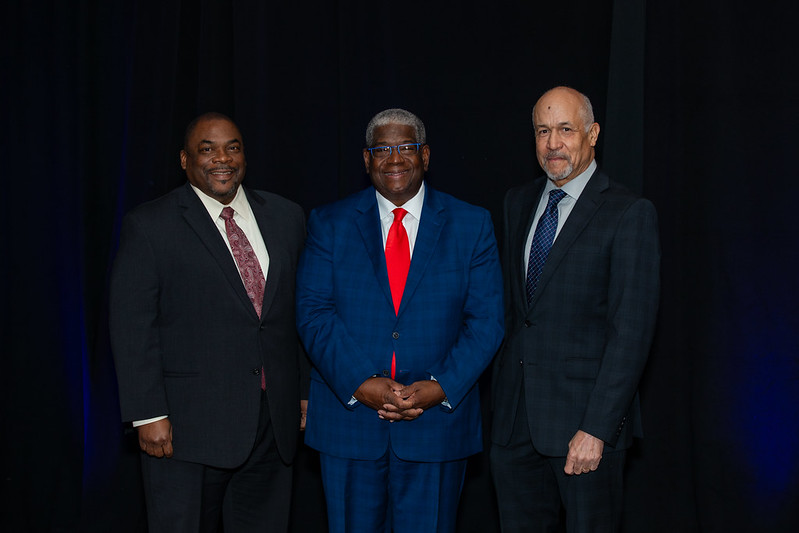
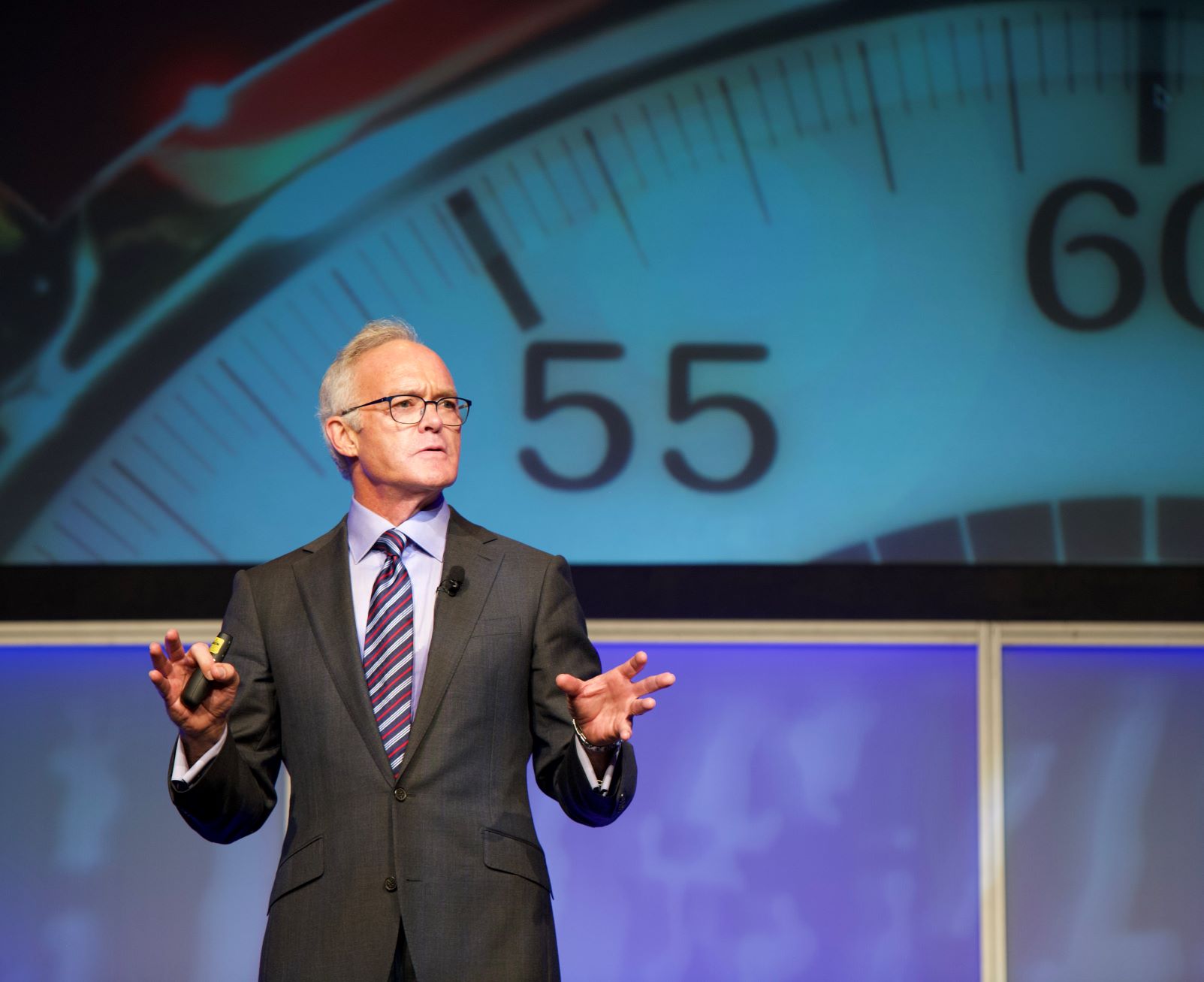




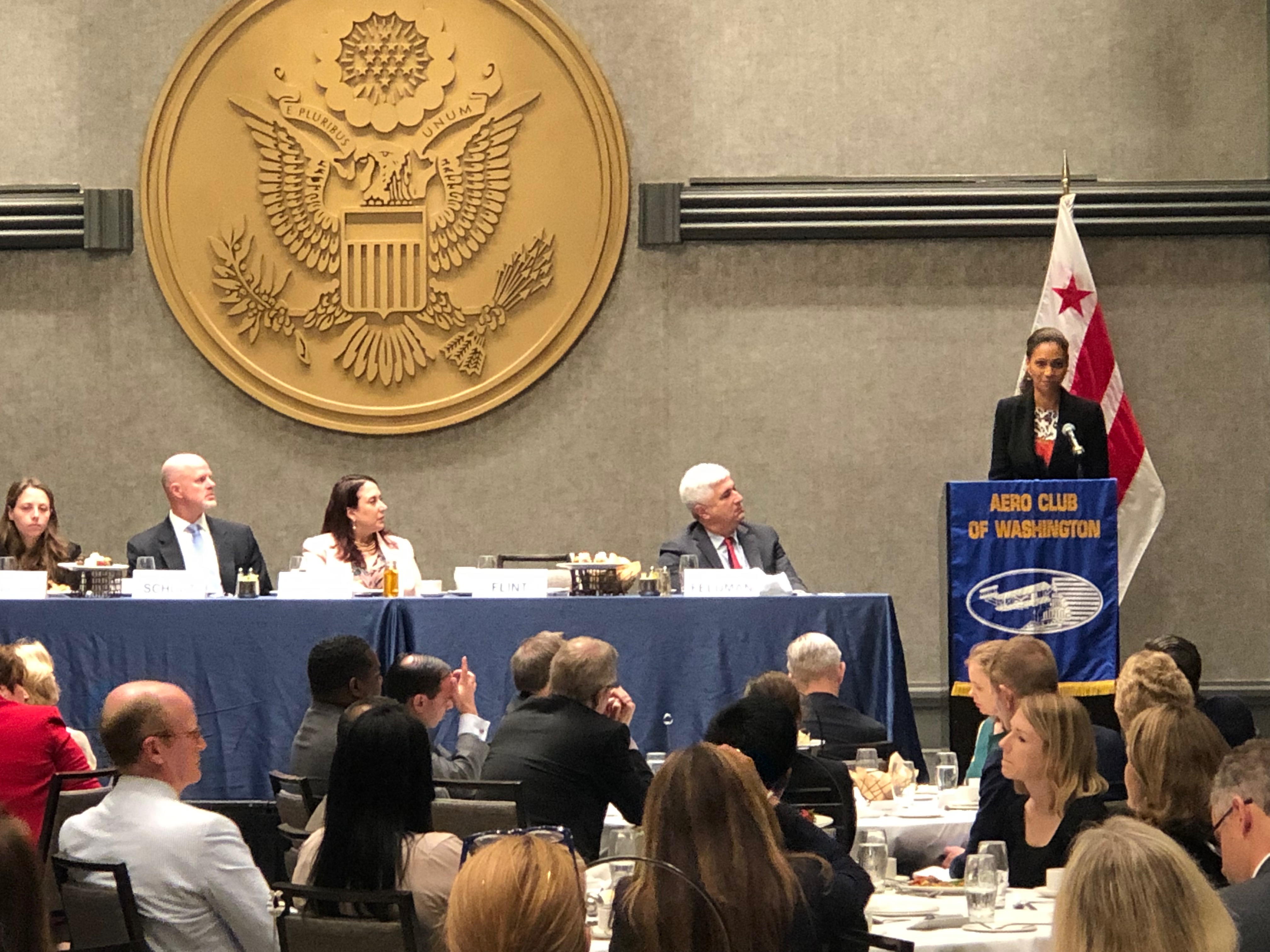
 Last week, Los Angeles World Airports Chief Executive Officer Deborah Flint addressed the Washington Aero Club at a lunch event in Washington, D.C. In her speech, Flint described Los Angeles International Airport’s (LAX) current $14 billion investment project and how it will help to relieve congestion and improve the LAX travel experience for passengers.
Last week, Los Angeles World Airports Chief Executive Officer Deborah Flint addressed the Washington Aero Club at a lunch event in Washington, D.C. In her speech, Flint described Los Angeles International Airport’s (LAX) current $14 billion investment project and how it will help to relieve congestion and improve the LAX travel experience for passengers.

